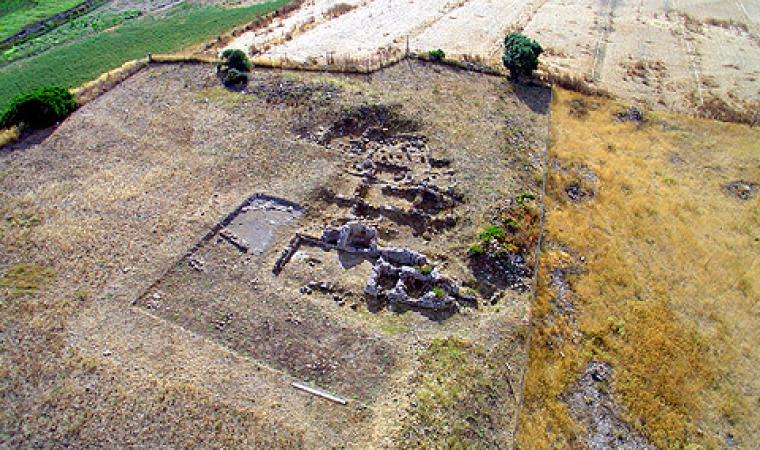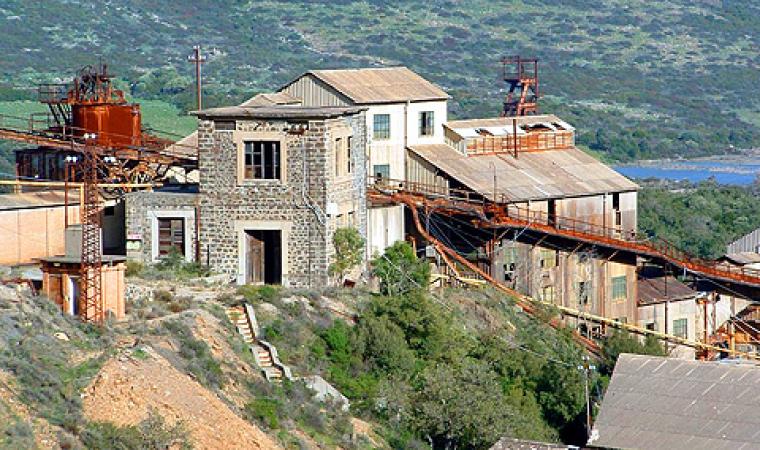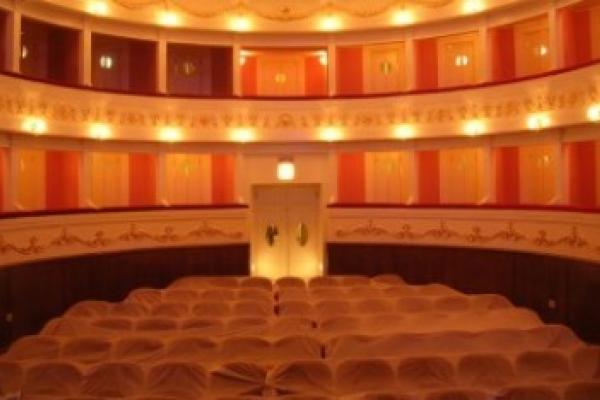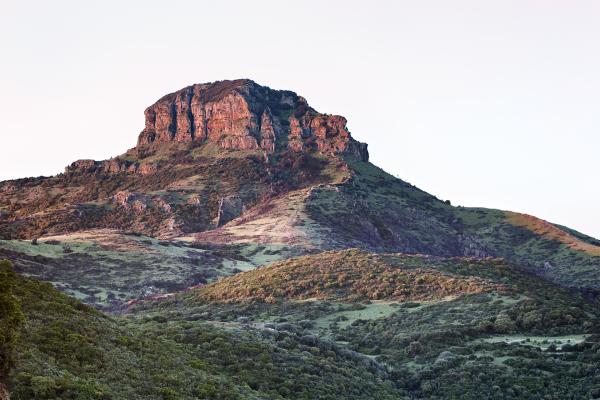It embraces a large portion of the Monreale sub-region on the Oristano border and the hills of the Iglesiente sub-region. Guspini, a little town with medieval origins and almost twelve thousand inhabitants, has two different souls that cohabit together: agricultural activities and industrial archaeology. You will see deserted mining villages, splendid views of the old town centre, cultivated hills and the woods of Mount Linas. With its pinewoods and springs, the Parco di Gentilis park will offer you relaxing moments, while in the Parco Culturale Dessì (Dessì Cultural Park), you can take the Domus Guspini itinerary, through the streets of the village centre. Every stage of the itinerary has a theme: the Museum of wine and oil in Casa Murgia, iron working in Casa Agus, wool production, cheese and honey (to which a festival is dedicated) in other Campidano 'courtyards'. There are typical local types of pasta (ravioli and malloreddus) and homemade bread, pastries (gueffus, pabassinas, pirichìttus) and artisan beers, the protagonists of the largest event in this sector at the end of August, called Birras.

Town
A large and important village in the Medio Campidano area, in the central-western part of Sardinia, featuring agricultural and pastoral traditions and what is left of a long history of mining
A large and important village in the Medio Campidano area, in the central-western part of Sardinia, featuring agricultural and pastoral traditions and what is left of a long history of mining
See this place because...
A surprising little town that will enchant you with its excellent products, artisan and cultural traditions, natural monuments and mining villages that have become a museum
Pictures and videos
You may also like
More attractions in the vicinity

















